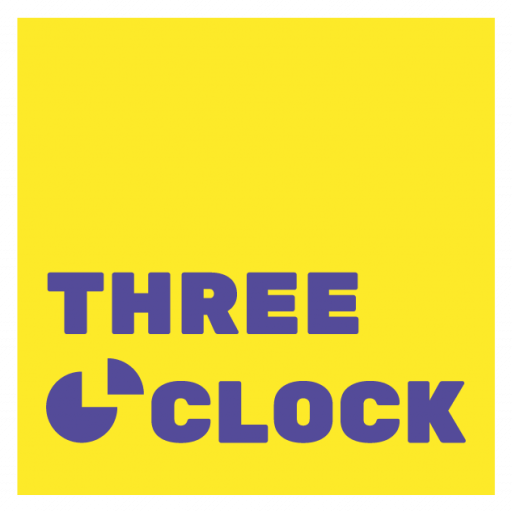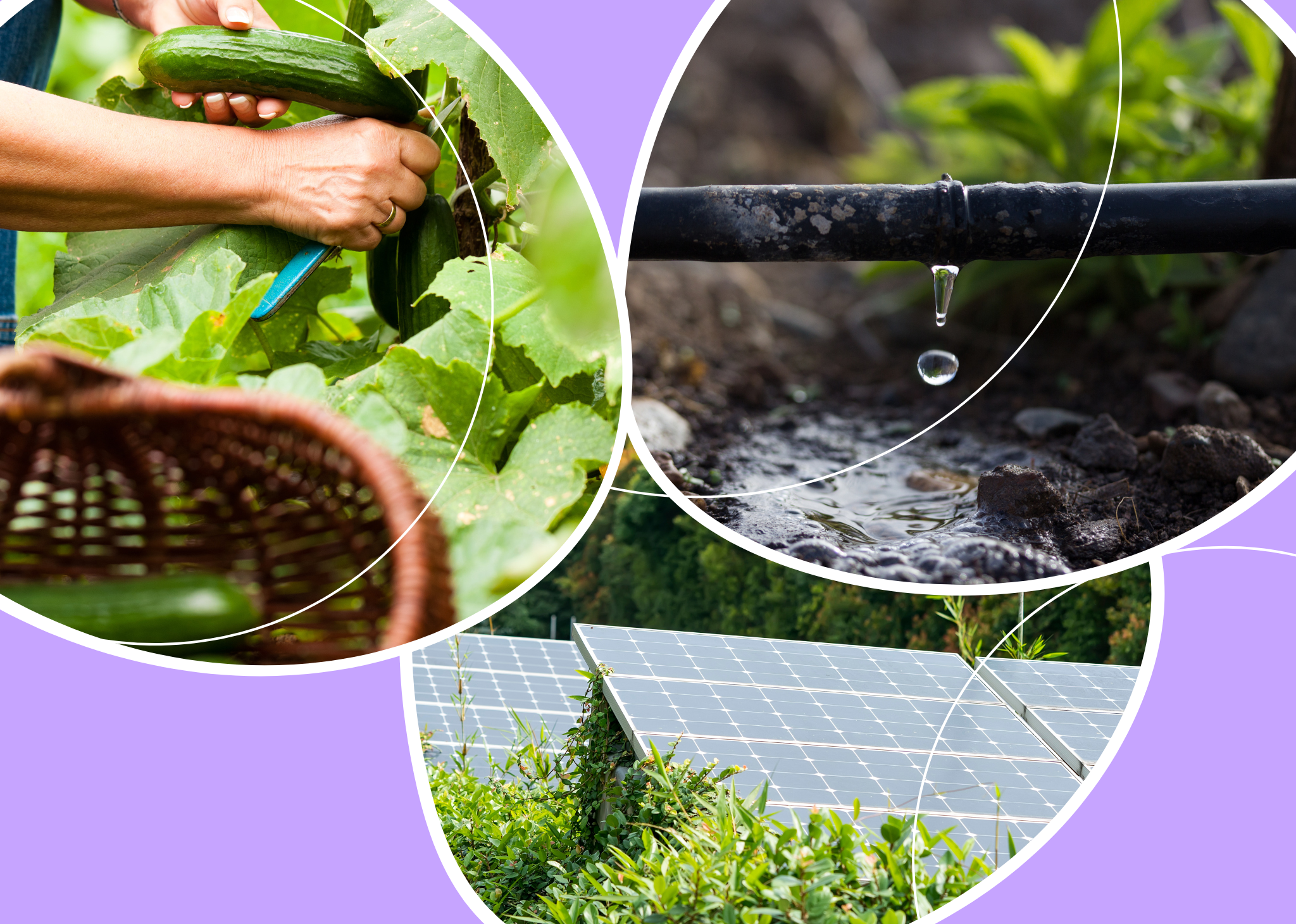In the EU, individuals, communities, cities and local authorities are coming together as energy communities: they own, produce and sell renewable energy. In this article, Eva gives us some background on energy communities, what they are and where they come from.
What are energy communities?
Community energy initiatives (CEIs) are collective actions where citizens own and participate in renewable energy or energy efficiency projects. Let’s go through 5 points that define them. They are:
- Decentralised: Energy communities move from a centralised production of energy to a decentralised system where many small producers can connect and become a stakeholder of the energy system.
- People-centred: CEIs change the role of consumers, from passive to proactive ones, being a part of the energy transition.
- Open: CEIs are open to all persons who are able to use their services and willing to accept the responsibilities of being part of the community.
- Democratic: The policies are clear and the decision-making processes are democratic. The voices of their members are taken into account, with 1 person 1 vote.
- Social: Their focus cannot only be on making profit. They can aim to contribute to social programmes for the community, create local employment, combat energy poverty, etc.
I’ve heard about energy cooperatives. Are they the same?
No, energy cooperatives represent the legal entity that allows citizens to organize and structure the CEI to operate in the energy market.
Are they a new concept? When did they appear?
Up until now, citizens who wanted to create a CEI found support in local and national policies, but little support at EU level, creating an uneven development of CEIs in Europe. Some countries have been promoting CEIs (northern Europe, especially in Denmark, Germany and Sweden) and others haven’t – there are less CEIs in Eastern and Southern Europe for example.
To better understand them, here’s a little bit of history. We can identify three main phases in their development:
- 1970s-2000: After the oil shocks in the 1970s, they began as an environmental movement and societal response in some EU regions based on energy and self-sufficiency, but they only appealed to early adopters.
- 2000-2008: Mainstream development of CEIs was encouraged by favorable regulations. In this case, policies paved the way for this growth:
- Government support mechanisms such as feed-in-tariffs (FiTs) with a fixed price for the energy produced by renewables.
- The EU directive on the liberalization of the electricity market (applied to all consumers by 2004) was a key factor for CEIs to enter the market.
- 2008-2020: Innovation emerged as a response to the global economic crisis and a system dominated by top-down and highly centralized energy systems controlled by a limited number of corporate actors. The CEIs formed during this time vary significantly throughout Europe, with differences on how energy is produced, distributed, and sold. We see mini-hydro-electricity schemes that power local homes and businesses, wind turbines and solar farms that return profits to local investors, MUSH[1] community energy initiatives, farmer-owned biogas cooperatives partnering with district heating, and grass-roots innovations like “eco-villages” that promote self-sufficiency, zero-waste and energy efficiency. They all link citizen empowerment with the democratisation of energy.
But why now?
A new phase seems to appear as a game changer for CEIs, with two new EU policies,: the European Green Deal and the Clean Energy for All Europeans package*. They recognize citizens and communities as stakeholders in the energy system, and not only consumers. The potential to scale community energy production in Europe is huge. A recent study[2] found that almost half of all European households could be involved in producing renewable energy by 2050, of which about 37% could come through ‘collective’ participation in an energy community.
If it were so easy, it wouldn’t be fun
However, energy communities are not fully developing and scaling up as expected, especially in Southern, Central and Eastern Europe. There are still several factors that hamper the uptake:
- Lack of awareness on the potential benefits of such actions (potential energy savings and their monetization)
- Regulatory barriers and lack of supportive frameworks
- Contractual conditions with grid operators, utilities, suppliers, technology providers
- Financial viability
- Insufficient innovation in community-led business models and services
The power of people
Local authorities can boost this process but we can’t only rely on them to fight climate change and environmental degradation. The power of people and the growing awareness that change can come through bottom-up initiatives could be key to tackle the needed energy transition and transform our energy system.
![]() Written by Eva Boo
Written by Eva Boo
Contact an energy community in your city/town/region to see how you could become a player in the energy system. Here’s a list in France & Spain:
Goiener – Spain (Euskadi y Navarra)
Sapiens Energia – Spain
Som Energia – Spain (regional y a nivel nacional)
Som Mobilitat – Spain
Enercoop – France
I-ENER – France
Jurascic – France
Mobicoop – France
REFERENCES
[1] Municipalities, universities, schools and hospitals (MUSH) energy producers, like “The UK schools’ energy cooperative https://schools-energy-coop.co.uk/
[2] Our 5 key demands on the next EU electricity market legislation http://energy-cities.eu/our-5-key-demands-on-the-next-eu-electricity-market-legislation/
*2019 marks a milestone in the future of the energy landscape, with EU institutions reaching a political agreement on all the major pieces of legislation forming the “Clean Energy for All Europeans” package. One of the major breakthroughs comes from the legal recognition (with associated rights and responsibilities) granted to individual energy producers and communities.
The revised Renewable Energy Directive (REDII)102 indeed now provides the right to citizens and “renewable energy communities” to produce, store, consume and sell renewable energy without being subject to disproportionate burden and discriminatory procedures.





